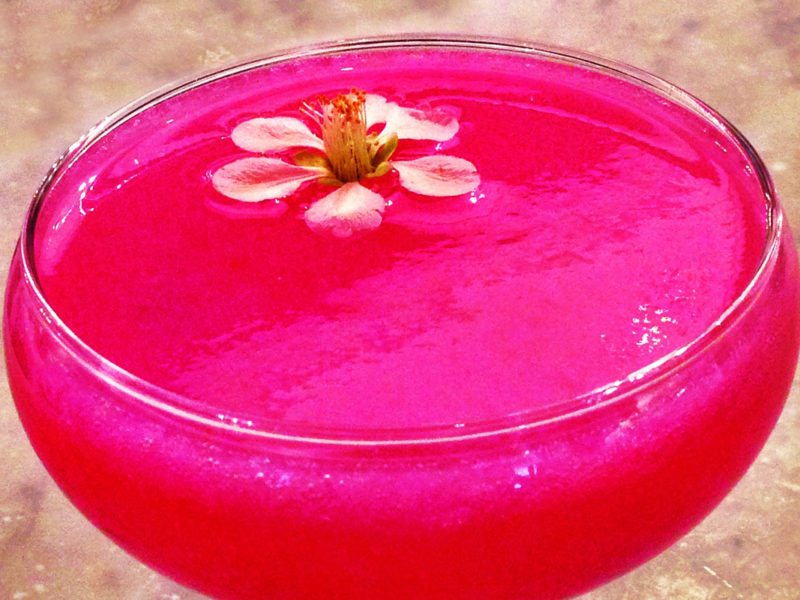
No holiday party is complete without Champagne or other sparkling wines. For centuries this bubbly elixir has been revered as the go-to drink for royalty; it seemed that every czar, king and noble wanted his own exclusive label.
“True” Champagne is produced in the Champagne region of France according to very specific appellation rules, and it’s still an extravagance – and priced accordingly. Even the least expensive Champagnes cost upwards of $30 a bottle. For most Americans, especially in this tough economy, that’s not an everyday drink.
Fortunately, good “champagne” doesn’t have to be the real thing. Today’s bubbly aficionados are increasingly recognizing that sophisticated sparklings can come from any region that produces high-quality wine grapes. Sparkling wines like Italian Prosecco, Spanish Cava, and California bubbly add a touch of class to any occasion.
Toasting with sparkling wine is festive and elegant – it makes a statement! This sense of status may be one reason why sparkling wines have found their way into fancy cocktails for more than 150 years. And sparkling drinks are easy to concoct at home because most of the recipes are simple, combining two or three ingredients to your taste. Perhaps the most popular are the Champagne cocktail (sparkling wine with an angostura bitters- soaked sugar cube in the bottom, garnished with a lemon peel) and the French 75 (a blend of gin, lemon juice and sugar topped off with a splash of bubbly). A trendier sip: the Elderflower Cocktail (gin, elderflower liqueur and dry sparkling wine).
Also showing up on menus are favorite cocktails topped with bubbles, such as the sparkling mojito and the effervescent margarita. Some sparkling producers are even adding flavor inside the bottle. Wilson Creek Winery in Temecula, California, for example, offers a full suite of flavored bubblies, from Coconut Nui Sparkling Wine, infused with natural coconut flavoring, to Almond Sparkling Wine (with pure almond added) and Orange Mimosa Sparkling Wine, combining their almond bubbly with natural orange flavors.
Want to think outside the bottle? Add a drop of your favorite liqueur. Black currant, raspberry and violet are popular picks. “Vanilla syrup and mixed berries make an exceptional sparkling cocktail,” says Brice Mastroluca, head bartender at Bagliaterre in New York. Just keep it simple. One or two flavors are enough to make your glass pop while still respecting the original product. For a more masculine approach, a drop of cognac and a couple of sugar cubes should do the trick.
In general, younger sparklers pair well with briny, acidic flavors like shellfish and citrus while older vintages pair well with heartier foods and rich sauces. A fuller-bodied Champagne or aged cava is a nice complement for a prime cut of beef like a New York steak or ribeye.
One cautionary note: unless the wine has a bit of sweetness, it does not pair well with sweet desserts. If you want to serve sparkling wine with dessert, make sure the elixir in the glass is as sweet – or sweeter – than what’s on the plate.
There’s no doubt that Champagne and its sparkly cousins make every holiday celebration special. Perhaps economist John Maynard Keynes was onto something when he uttered on his deathbed, “I should have drunk more Champagne.”
Sparkling Wine: The Sugar Breakdown
Historically, most Champagne was sweet. Today we have options, from super-dry to super-sweet. Here’s how they break down by grams of residual sugar:
Brut Nature – The driest, 0 to 3 grams/liter
Extra Brut – 0-6 grams
Brut – 0-12 grams
Extra Dry – 12 to 17 grams (Note: though the label might say “Extra Dry,” this bottle is
halfway down the sweetness scale.)
Sec –17 to 32 grams
Demi-sec – 32 to 50 grams
Doux – 50+ grams
Photo courtesy Bagatelle.

